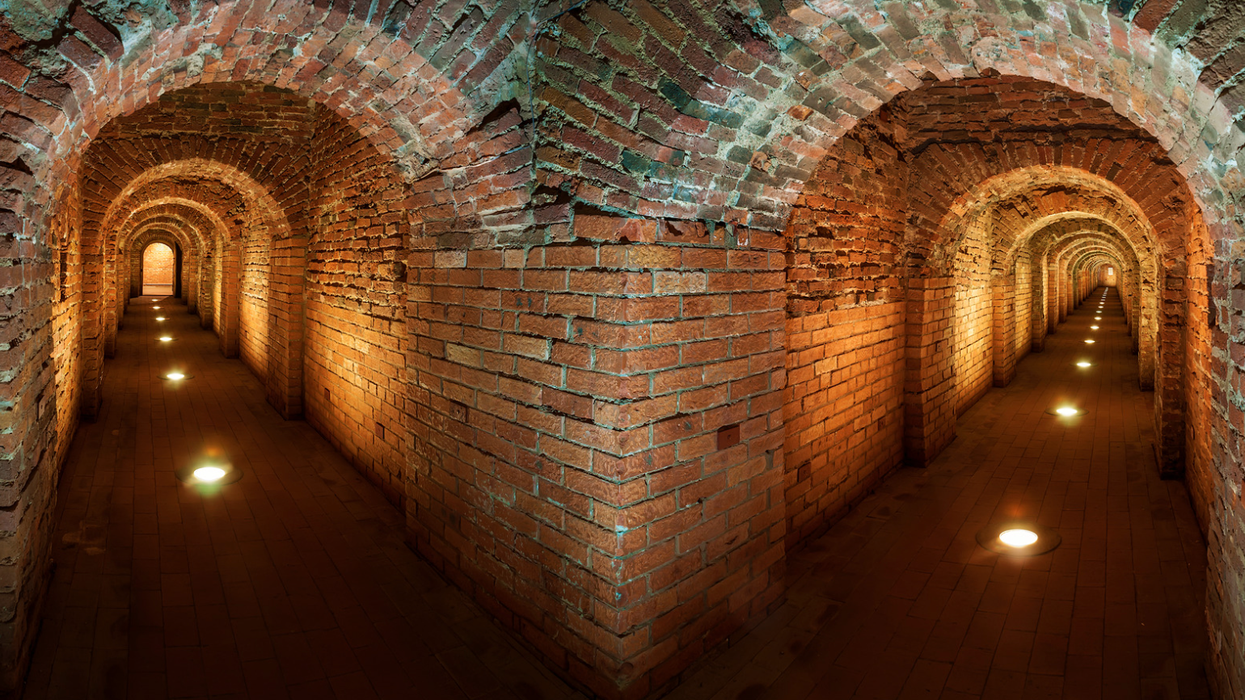London just set a pretty impressive record, but don’t count on seeing it in any tourism pamphlets or slogans in the near future. The city known for its fog apparently has the air pollution to match, having just surpassed its annual threshold on acceptable toxic air just five days into the new year. The surpassing of the threshold was largely considered inevitable (the city passed it in eight days last year), but it serves to draw attention to a dire problem that many believe inherent only to densely populated emerging nations.
According to The Guardian, the metric takes into account levels of nitrogen dioxide (NO2), dioxide (SO2), and other particulates as represented in samples drawn from various locations in the city. EU law dictates that levels of nitrogen dioxide may not surpass 200 micrograms per cubic meter more than 18 times per calendar years.
Well, the south London borough of Lambeth managed to make short work of that ceiling, hitting 18 instances by January 5th.
The primary culprit behind such pollution is the prevalence of diesel-fueled automobiles. Mayor Sadiq Khan’s office has drawn up plans to cut air pollution using a five-year plan with a budget of over a billion dollars. The initiaitive, like the Mayor, is new, but it can’t come fast enough. The plan includes the replacement of diesel taxis and buses with ones running on hydrogen fuel cells.
Recent research suggests 40,000 U.K. residents die annually as a result of polluted air, with 9,400 deaths in London alone.
Last year, the city employed a curious manner of measuring air pollution using birds outfitted with backpacks. Learn more about that initiative in the video below.

















 Pictured: A healthy practice?
Pictured: A healthy practice?


 Is solo sleep the best sleep?
Is solo sleep the best sleep?  Some poeple want their space, and some can't imagine being that seperate.
Some poeple want their space, and some can't imagine being that seperate. 

